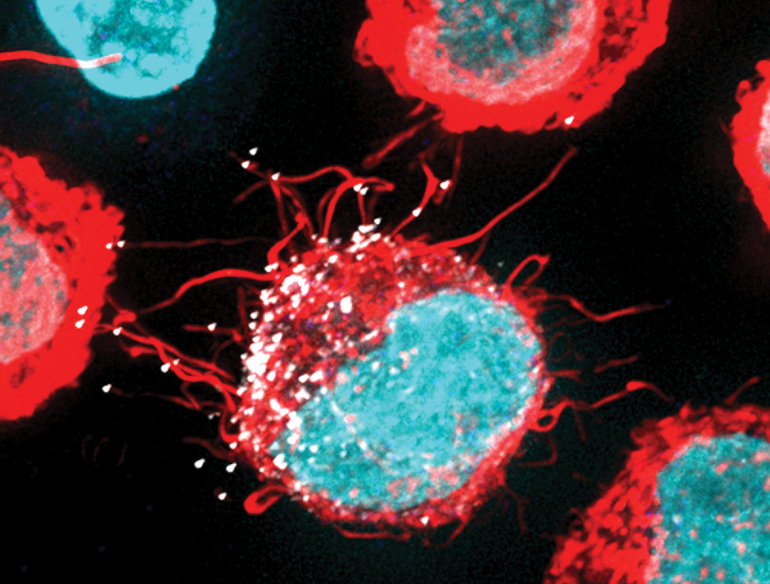Researchers at the Kirby Institute are investigating new ways to permanently control – or ‘block and lock’ – HIV-1 infection, and are looking for the next generation of researchers to join this exciting project.
HIV infects millions of people around the world, and currently, the best available treatments are combined antiretroviral therapies, or ART. The World Health Organization recommends ART is commenced as soon after diagnosis as possible, but with millions of people without access to the medications, and no HIV cure available, researchers are looking at alternate treatments that could stop the virus in its tracks.
HIV is a complex virus. The available ARTs reduce the viral load within the body to such a point that the virus does not attack the immune system. However, despite treatment, HIV-infected cells remain present, lying dormant, or ‘latent’, so should ART be stopped, the virus reactivates in the body. Scientists have thus far been unable to successfully target this latent reservoir, but ‘block and lock’ technology is proving promising thanks to research being led at the Kirby Institute by our director, Professor Anthony Kelleher, and Dr Chantelle Ahlenstiel.
With ‘block and lock’ testing that is now occurring in humanised mouse models showing promising results, human clinical trials are on the horizon, and as Kirby Institute researchers move forward with this exciting project, they are looking for people interested in undertaking PhD or higher degree research study to grow their team on this exciting project.
Check out our video to learn more about ‘block and lock’ technology, and if you’re interested in joining the team, contact Dr Chantelle Ahlenstiel, Senior Research Fellow in our Immunovirology and Pathogenesis Program.
Contact
Dr Chantelle Ahlenstiel
